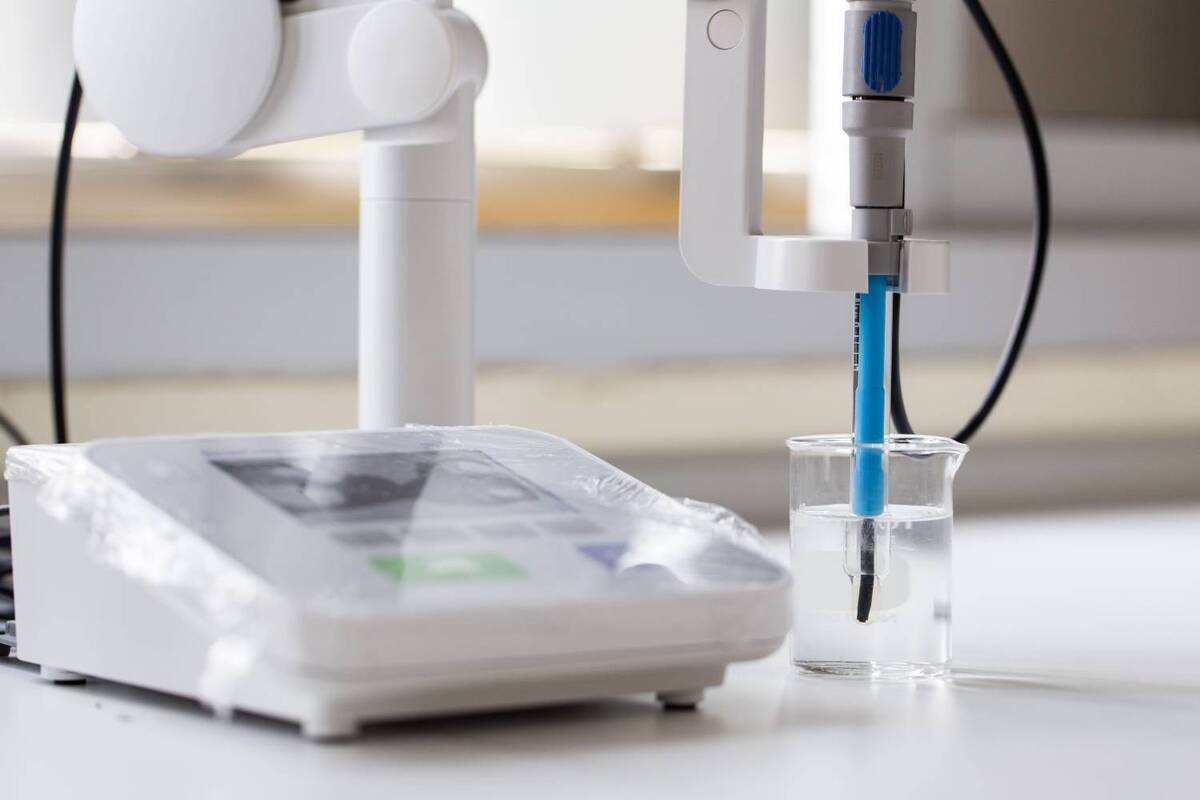Researchers Design Self-Cleaning Electrode for Stable Synthesis of Metal Peroxides

MO2 is an alternative to hydrogen peroxide. It has excellent oxidative properties, superior chemical stability, high purity, and is easy to store and transport, according to the researchers from the Ningbo Institute of Materials Technology and Engineering (NIMTE) of the Chinese Academy of Sciences and Shanghai Jiaotong University. Such material has been widely used in wastewater treatment and disinfection. This study was published in Nature Nanotechnology.
The current primary synthesis process of MO2 involves fast decomposition of hydrogen peroxide, leading to insufficient utilization of the latter. Therefore, the researchers proposed an in-situ electrochemical synthesis process to lessen economic losses and reduce explosion risks during the transportation and storage of hydrogen peroxide.
To reduce the severe adhesion of solid MO2 products on the electrode surface, the research group constructed a Ni-doped oxygenated carbon electrode with Teflon coating as well as a micro-nanostructure and low surface energy.
The carbon electrode greatly reduced the solid-liquid contact area with the electrolyte, facilitating rapid detachment of in-situ generated MO2 from the self-cleaning electrode surface, said Lu Zhiyi, a professor at the NIMTE.
The Teflon coating electrode showed stability for over 1,000 hours at a current density of 50 mA per square centimeter for electrochemical synthesis of MO2, thus demonstrating broad application potential, the study showed.
4155/v





















